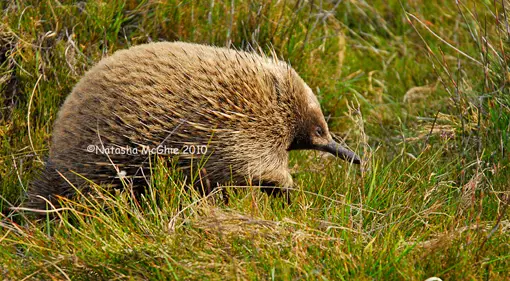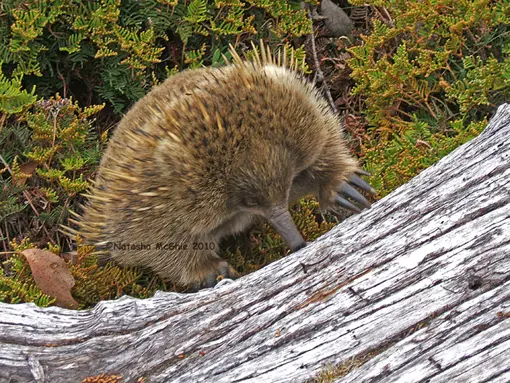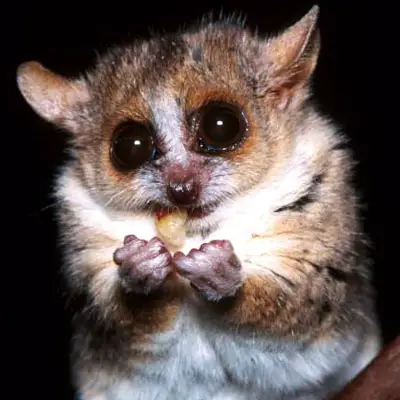Echidna’s of Tasmania
Tasmania is one of Australia’s most remarkable environments and the echidna is one of Australia’s most remarkable native animals. Observing echidna’s whilst in Tasmania is indeed a remarkable experience.
The Tasmanian Echidna was once considered a separate species but is now placed as a subspecies, Tachyglossus aculeatus setosus. This subspecies, found only in Tasmania, is larger than it’s mainland cousins and also has fewer and shorter spines. Often the spines do not protrude above the fur. Color can range from honey brown through to an almost black form which is found in some areas of the west coast. While in warmer parts of Australia it is considered to be nocturnal, in Tasmania, particularly on cooler days, it can be seen foraging during the day and are most often seen waddling along the side of the road.

The Echidna - Photo by Natasha McGhie
Sometimes known as spiny ant-eaters, this most endearing and placid creature uses their long snout to feast on ants and termites. Their powerful claws are good for digging, and breaking open ant hills in search of food. They are monotremes, meaning that they lay eggs despite being warm-blooded. Echidnas grow to about 40 cm (16 inches) in length. The echidna is one of only two monotremes in the world, the other monotreme being the Platypus.

Photo by Natasha McGhie
The echidna occupies a variety of habitats, from semi-arid to snowy alpine areas, including meadows, heathlands, woodlands, forests. This species normally shelters in rotten logs, tree roots, stumps, caves or burrows (self-dug or previously abandoned), or under bushes.
Article written by Natasha McGhie.



